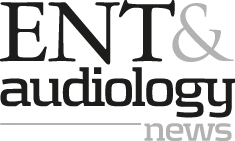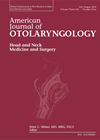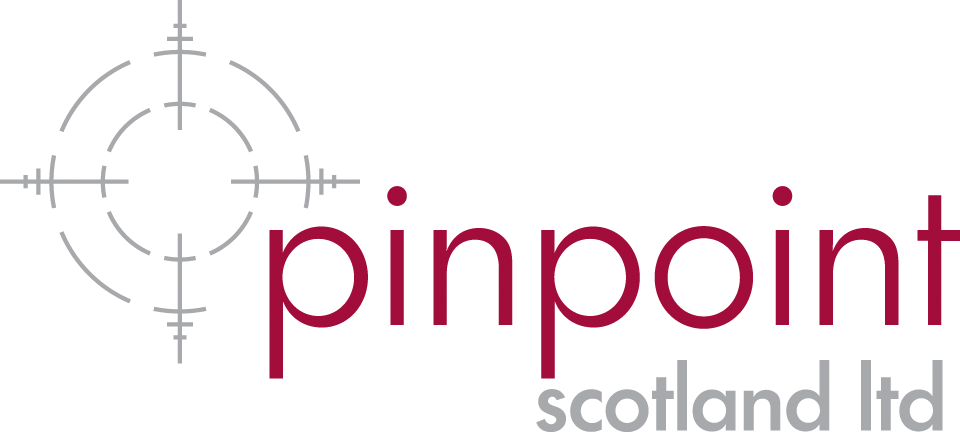
Journal Reviews
Is pan-endoscopy necessary to detect synchronous primary in upper aerodigestive tract cancer?
Diagnosis of head and neck cancer requires speed. It has also to be comprehensive in view of the possibility of synchronous primary cancer (SPC) associated with upper aerodigestive tract cancer (UADTC). Some centres still consider pan-endoscopy essential in the diagnostic...
Are you still talking about Covid?
Bell’s palsy (idiopathic facial nerve palsy) has an annual incidence of 15 to 30 cases per 100,000 people. This study aims to assess the effect of Covid and Covid vaccination on this incidence using a large database. Authors used TriNetX,...
Scalp grafting as a reconstructive technique for severe alar retraction
Severe alar retraction is an acknowledged challenging aspect of revision rhinoplasty. Traditional grafting methods such as composite grafts, nasolabial flaps and cutaneous alar rotation flaps often carry limitations, including visible scarring, colour mismatch and reduced graft survivability. This retrospective cohort...
Does frailty lead to changes on quantitative measures of videofluoroscopic swallowing assessment?
In recent years, studies have considered the relationship between frailty and swallowing and demonstrated that decreased skeletal muscle mass correlates with decreased swallowing function. This study investigated this relationship by using quantitative measurement of three individual components of swallowing assessed...
Which patients are suitable for surgery in recurrent head and neck cancer?
Currently, radiotherapy and chemotherapy is the most common modality used in the management of primary head and neck squamous cell carcinomas (HNSCC). Unfortunately, around 50% of patients experience disease recurrence (rHNSCC). Surgery is therefore often used as a salvage treatment....
Magnetic resonance imaging (MRI) head without general anesthesia in children
‘Physician heal thyself’: this biblical proverb has an increasing importance in modern healthcare systems, especially when we consider the rising incidence of physical and mental burnout amongst all staff. Musculoskeletal disorders are increasing – according to the Work-Related Musculoskeletal Disorders...
Extranodal extension following surgical resection of HPV-positive oropharyngeal cancer – is adjuvant radiotherapy alone sufficient?
Human papillomavirus (HPV) is a known aetiological factor in oropharyngeal squamous cell carcinoma (OPSCC). HPV-positive OPSCC is recognised to have a more favourable prognosis than HPV-negative disease. Treatment deintensification for HPV+ OPSCC has therefore been an area of research focus...
Early recognition aiding better prognosis?
As we are all aware, acute invasive fungal rhinosinusitis (AIFR) is a life-threatening disease which typically affects immunocompromised patients. It is diagnosed via typical signs, symptoms and presentation but gold standard is by biopsy of tissues demonstrating infiltration fungal hyphae....
How safe is ESS really?
Endoscopic sinus surgery (ESS) is a very frequently performed operation, both in America and worldwide. This ambitious project looked at the health data of more than 105 million patients across 60 1US HCOS. The cohort of 116,669 patients who underwent...
Spirituality and tinnitus – blocking out the haters!
The brain is fantastic at blocking out unwanted noise. Place a microphone on your temporal bone and you’ll realise you are subject to a relentless bombardment of sound you’ll never consciously hear: the clicking of your temporomandibular joint, the pulsating...
Epley manoeuvre angles
Posterior canal benign paroxysmal positional vertigo (PC-BPPV) is a common vestibular cause of dizziness regularly encountered in the outpatient clinic. The condition is often diagnosed with a positive Dix-Hallpike manoeuvre (DHM) – turning the patient’s head 45 degrees to the...
The use of 3D videos to improve patient engagement with compensatory swallowing strategies
Patients with dysphagia are often asked to use compensatory techniques or manoeuvres to facilitate safe swallowing. For example, they may be taught to do a supraglottic swallow to minimise aspiration or a specific postural adjustment to support bolus flow. These...
















